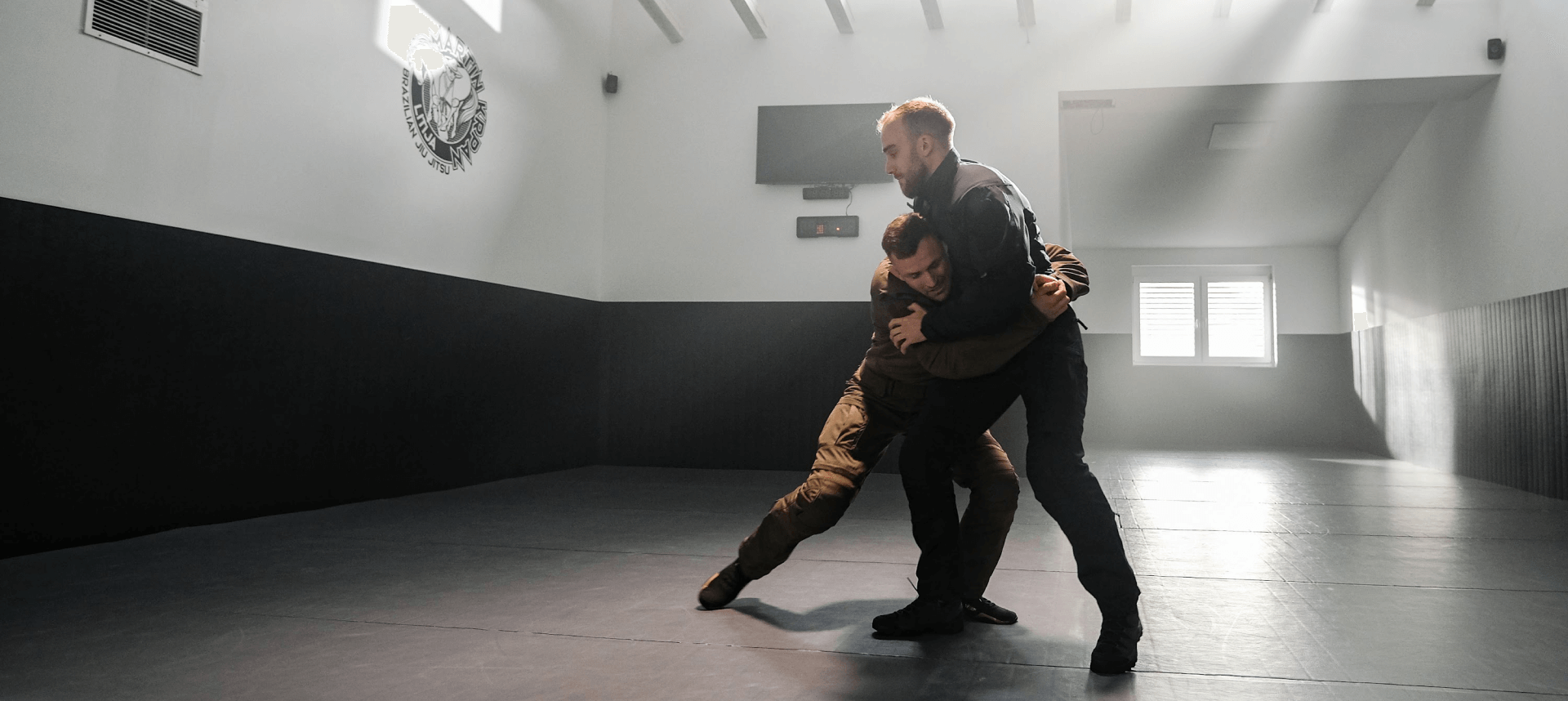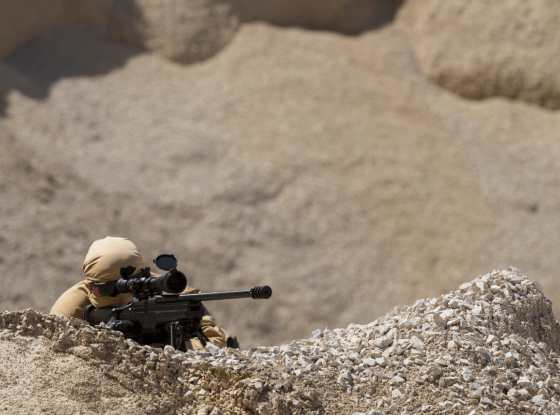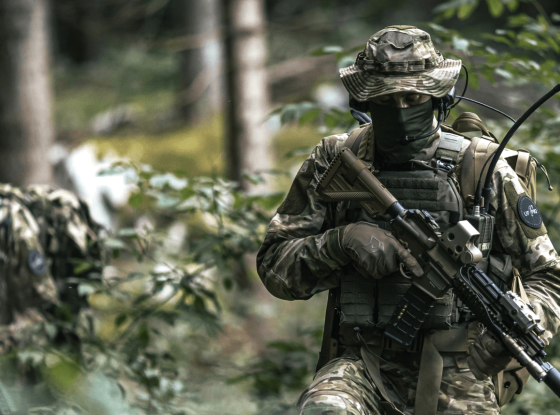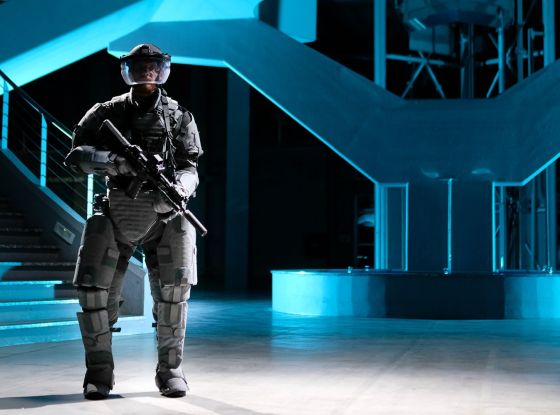Recognized for its effectiveness in physical encounters, Brazilian Jiu-Jitsu (BJJ) emphasizes techniques designed to control and subdue opponents without causing significant harm. BJJ has become more than just a martial art; it is one of the leading methods used in military and LE tactics and a transformative force for many in uniform.
In this blog post:
BJJ enhances modern LE and military defence tactics
Successfully de-escalating situations and restraining suspects safely and humanely demonstrates a deep commitment to safety, control, and efficiency in high-stakes environments. This highlights the critical role of adapted Brazilian Jiu-Jitsu (BJJ) in modern policing and military strategies.
However, like any philosophy, sport, or technique applied across different fields, BJJ needs to be critically examined to ensure that its adaptations resonate with the realities officers encounter on the streets.
Besides positive aspects, like shifting focus on restraint, leveraging technique over strength and using non-lethal force, one of the most commonly recognized benefits is that it replicates the feeling of actually fighting someone during live sparring in training.
The force exerted on the body when someone tries to move you, takes you down, controls you on the ground, and ultimately submits you, requires you to use every muscle. Because of this, BJJ can help improve your physical shape while practicing techniques.
When practicing BJJ and doing live sparring, you are constantly put in bad situations. You learn to stay calm and find a safe way out. You also fight against a resisting sparring partner, which helps you learn how to apply proper technique against someone who doesn't want to be controlled.
BJJ has also been shown to help police and military veterans suffering from PTSD. It is increasingly recommended in the USA for those dealing with this condition.
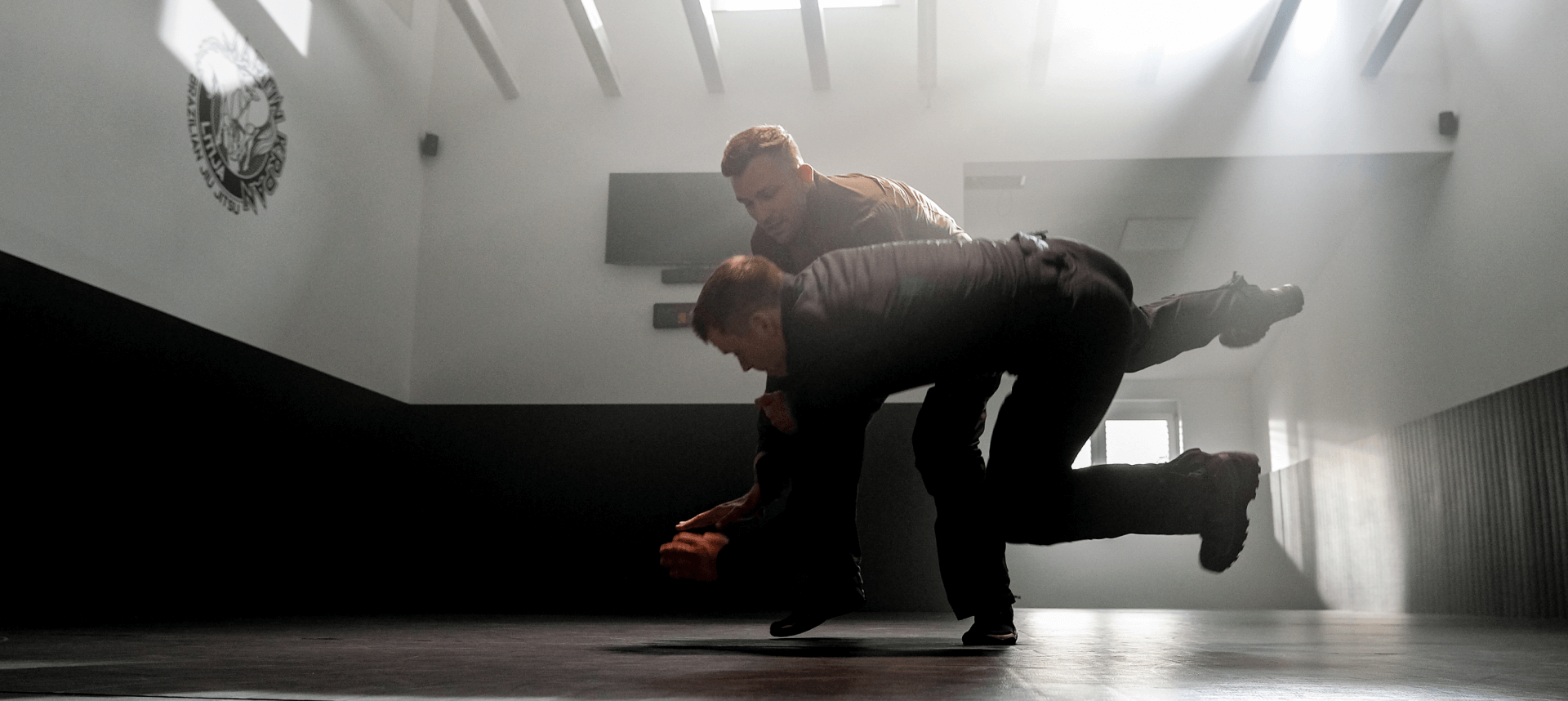
The transformative power of BJJ applications
Understanding how people move is crucial for anticipating and preparing counteractions. For example, this includes everything from knowing typical shoulder joint movement limitations to the exact steps needed for a person to lift themselves from lying on their belly.
It also involves understanding which positions allow for instant retreat to avoid direct engagement and how people maintain body balance. Knowing how human mobility works helps you choose the right actions step-by-step, determining the necessary power, timing, and speed of movements to gain full control in the safest way possible.
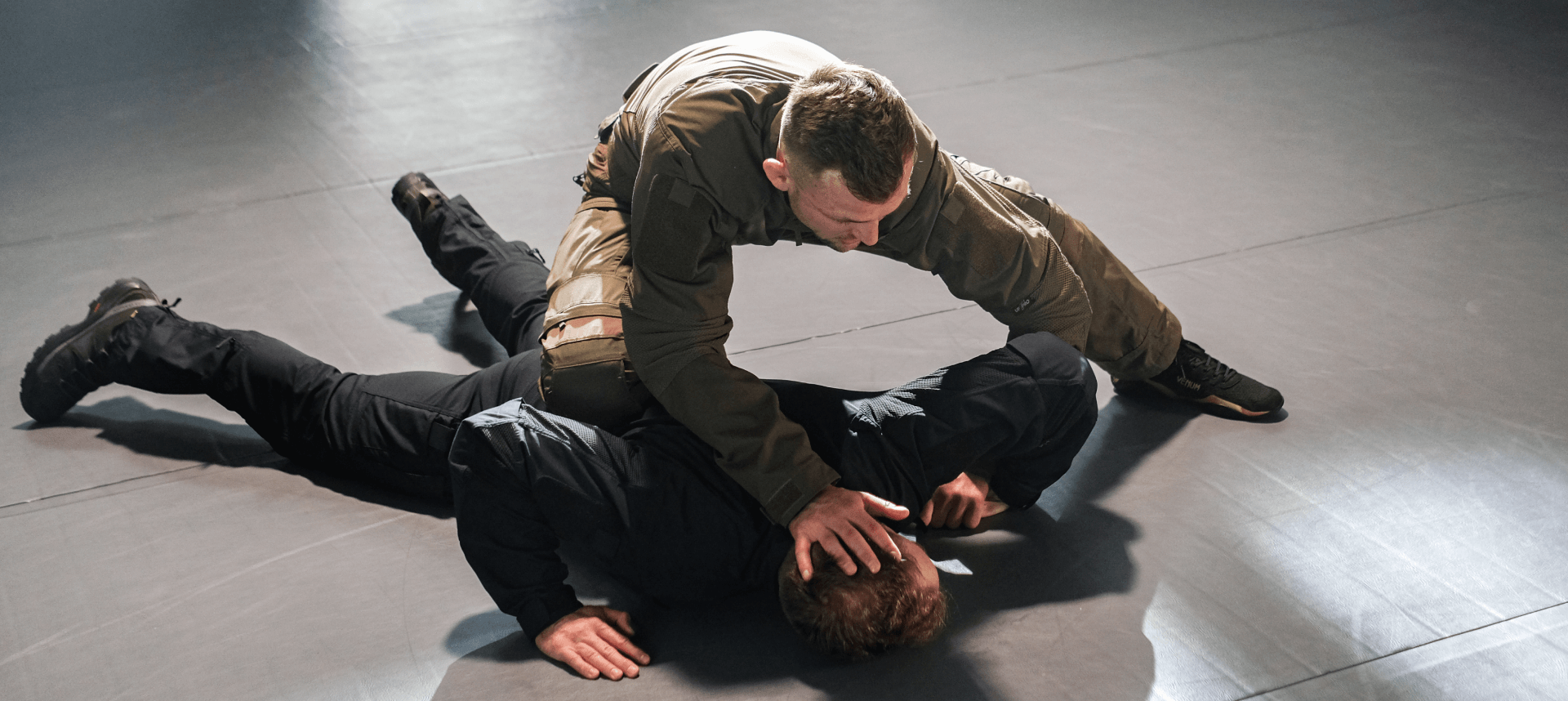
SUBSCRIBE TO UNLOCK OUR EXCLUSIVE CONTENT
Enter your email and get timely updates and relevant intel on tactical topics directly to your inbox.
You are signing up to receive updates via e-mail from which you can opt out at any time. Visit our privacy policy for more info.
Empowering operators with BJJ skills
1. Mastering Control and Restraint in High-Stakes Environments
-
CONTROL AND RESTRAINT TECHNIQUES
BJJ specializes in techniques that emphasize control and restraint rather than striking. This is crucial when you need to subdue suspects without causing unnecessary harm. BJJ provides methods to immobilize and control individuals using holds, locks, and leverage, ensuring compliance while minimizing injury.
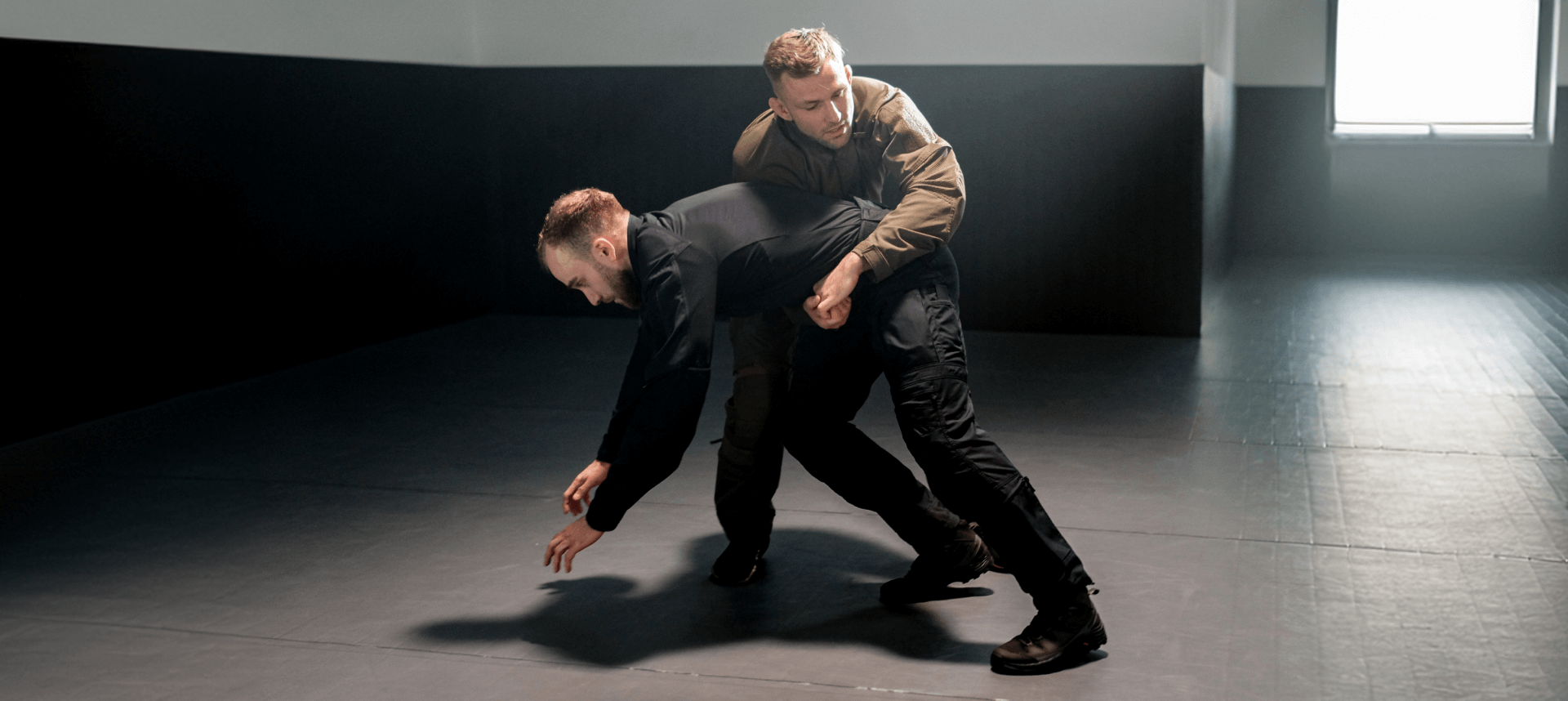
-
NON-LETHAL FORCE OPTIONS
Access to numerous non-lethal techniques in BJJ allows for the control of suspects while reducing the risk of serious injury or death during apprehensions. By using positional control, you can effectively gain compliance without excessive force. These techniques align with modern policing principles and public expectations, enabling you to manage situations safely and humanely.
However, it is crucial to understand that many BJJ techniques can be dangerous in self-defense or law enforcement scenarios. Therefore, it is important to select techniques that are suitable for this line of work when training.
Applying chokes and submissions might not be the best option as they can seriously injure the subject or even cause death. Certain takedowns and techniques can also put you in a bad position. This is why you need to carefully choose techniques suitable for this kind of work, as there is much more at stake than in regular BJJ training or competition.
-
DE-ESCALATION SKILLS
Learn to control situations and individuals in a way that minimizes escalation through BJJ. By focusing on restraint and control rather than striking, you can pacify potentially volatile situations.
This approach reduces the likelihood of violence and improves outcomes for you and the suspects. For example, instead of resorting to aggressive tactics, you use holds to gain compliance, ensuring a safer and more humane resolution.
2. Effective Techniques for Close-Quarters Encounters
-
EFFECTIVENESS IN CLOSE QUARTERS
As a law enforcement officer, you often encounter situations at close range. By focusing on grappling and ground fighting, BJJ equips you with highly effective techniques for close-quarter encounters.
You can use body locks to control movements, execute takedowns to neutralize threats, and apply positional control to manage confrontations efficiently, even in confined spaces.
-
GROUND DEFENSE SKILLS
Many altercations you face may end up on the ground. BJJ equips you with specialized ground fighting techniques, giving you the necessary skills to defend yourself and control the situation effectively.
When in a ground altercation, you can use techniques like guard passes, sweeps, and submissions to maintain control and neutralize the threat.
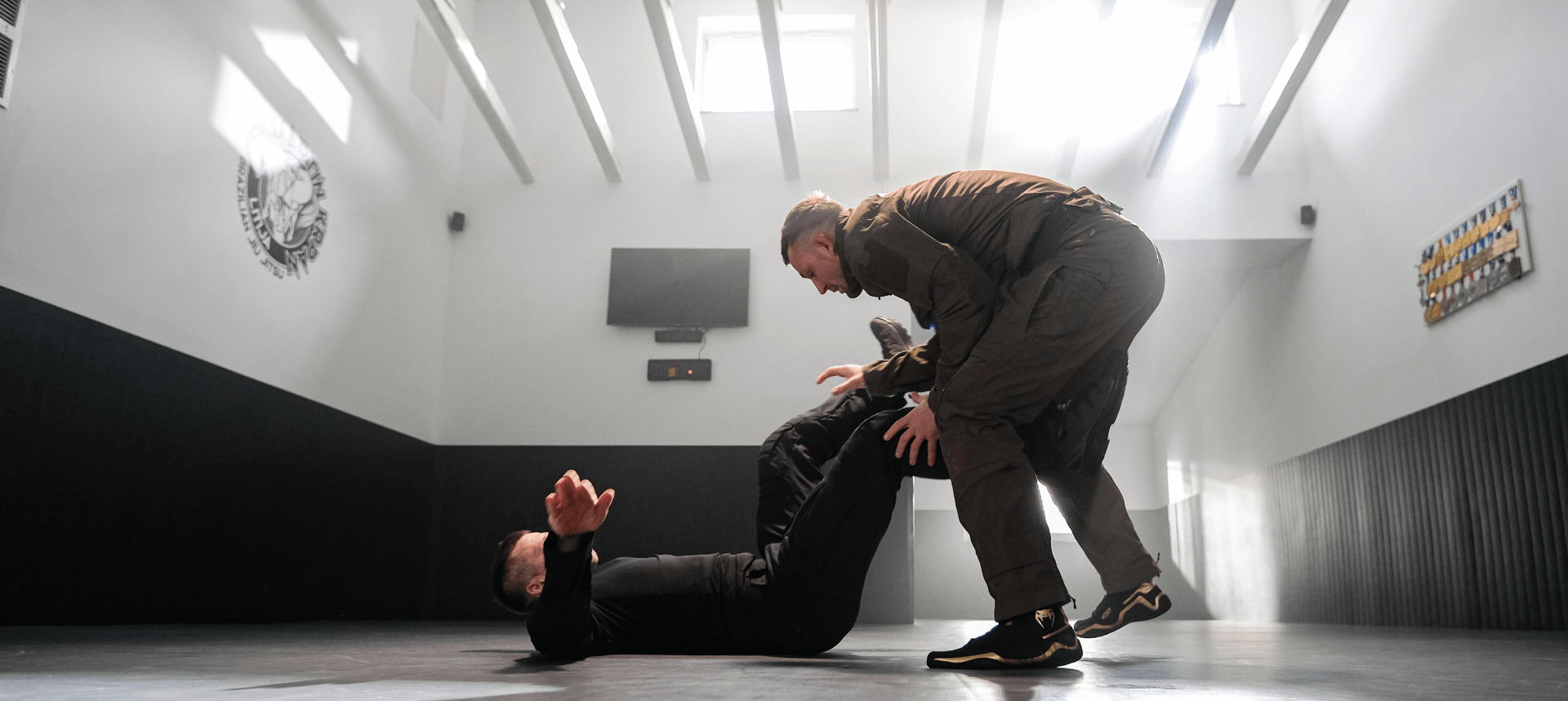
-
LEVERAGE AND TECHNIQUE OVER STRENGTH
You learn to use leverage and technique in BJJ to overcome larger and stronger opponents. This is especially beneficial as you may encounter individuals of different sizes and strengths. By mastering these principles, you can maintain control and subdue suspects, regardless of their physical stature.
For instance, using a well-executed kimura grip or "gift wrap" technique can help you keep your subject pinned without using much strength and without putting your opponent at risk of injury. Also, focusing on crucial parts of the opponent's body like knees, hips, and underarms can help you control them on the ground using mostly your body weight and less strength.
3. Building Resilience and Decision-Making Skills
-
STRESS MANAGEMENT AND MENTAL RESILIENCE
Training in BJJ builds mental toughness and helps you stay calm under pressure. As a military operator or law enforcement officer, you often face high-stress situations where maintaining composure is vital.
Through rigorous training and live sparring sessions, BJJ helps you develop the mental resilience needed to handle real-life confrontations with a clear mind. You'll learn to stay composed and make better decisions, ensuring you can effectively manage stressful encounters.
-
REALISTIC TRAINING SCENARIOS
BJJ training includes realistic sparring sessions that simulate real-life encounters while keeping you safe and minimizing injury risk. This hands-on practice is invaluable, giving you practical experience in a controlled environment.
By engaging in these sessions, you develop muscle memory and reflexes to respond effectively in the field. You'll learn to handle high-stress situations with confidence and precision, ensuring you can manage confrontations safely and efficiently.
-
TEAMWORK AND PROFESSIONAL DEVELOPMENT
When you train together with buddies, you build mutual trust, which translates into better teamwork in the field. Consistent training and skill development helps you maintain high standards of professionalism and effectiveness.
Engaging in BJJ enhances your physical abilities and strengthens team bonds, ensuring cohesive operation during high-stress situations.
Adaptability and Versatility in Tactical Scenarios
You will find that BJJ techniques are versatile and applicable in many scenarios. Whether you're controlling a resisting suspect or defending against an attack, these techniques provide the tools to handle various situations effectively.
By incorporating BJJ into your tactical toolkit, you can adapt to different scenarios with confidence and competence. For instance, you can use positional control to safely restrain a suspect without causing harm or employ grappling techniques to neutralize a threat quickly.
This versatility ensures that you are well-prepared for the unpredictable nature of your duties.
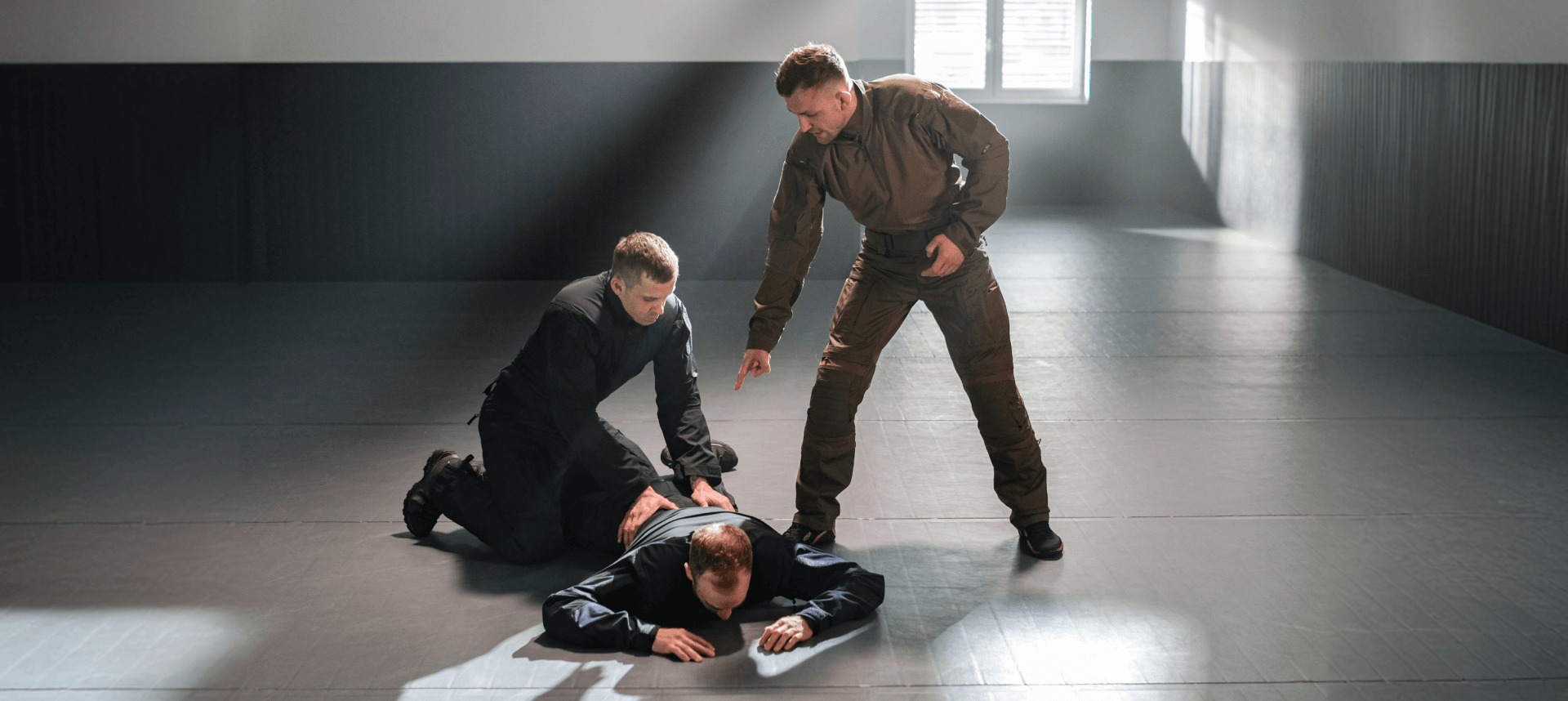
Conclusion
Incorporating Brazilian Jiu-Jitsu (BJJ) into the training regimen of law enforcement and military personnel offers numerous benefits that extend far beyond the mat. BJJ equips individuals with essential skills for control and restraint, enhances physical fitness, and promotes mental resilience in high-stress situations.
By emphasizing technique over brute strength, operators can effectively manage confrontations while minimizing the risk of injury to both themselves and suspects.
Moreover, the camaraderie built through regular training fosters teamwork and trust, which are critical in high-pressure environments. As practitioners learn to navigate challenging scenarios, they become more adept at de-escalation and critical decision-making, ultimately improving safety and effectiveness on the job.
As BJJ continues to evolve within the context of law enforcement and military operations, it is crucial for practitioners to critically assess and adapt these techniques to ensure they meet the unique challenges faced in the field.
Whether in close-quarters engagements or high-stakes situations, the transformative power of BJJ serves as a reliable tool, empowering operators to perform their duties with skill, confidence, and integrity.

